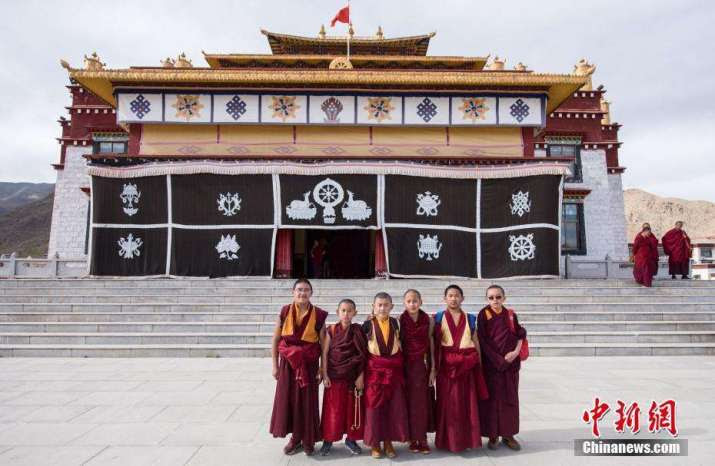
By Shyamal Sinha

Lhasa is one of the highest cities in the world. The city has been the religious and administrative capital of Tibet since the mid-17th century. It contains many culturally significant Tibetan Buddhist sites such as the Potala Palace, Jokhang Temple and Norbulingka Palaces.
The Tibet Buddhist Theological Institute near the city of Lhasa, capital of Tibet Autonomous Region, is now able to accommodate more than 1,000 students following the formal completion of construction work on Tuesday, media reports revealed. The educational academy, which aims to promote the study of Tibetan Buddhism, first opened in 2011 with 150 students.
The expansion project represents the third phase of construction at the institute and covers some 43,550 square meters, adding facilities that include an auditorium, a library, and additional classrooms and dormitory accommodation.
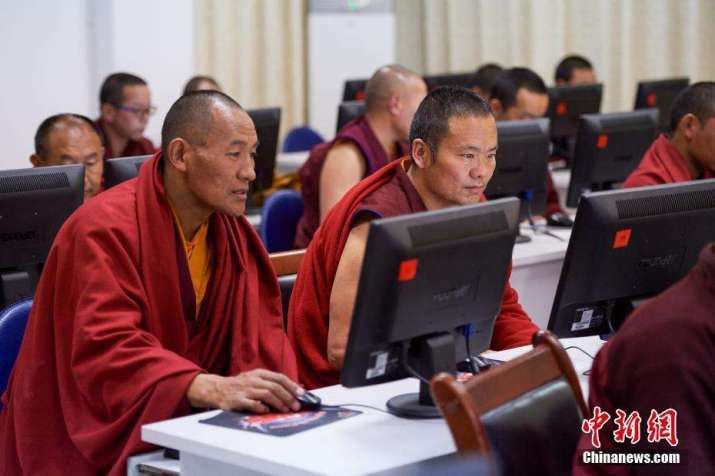
Located in Nyetang Township, Quxu County, southwest of the city of Lhasa, construction of the Tibet Buddhist Theological Institute began in October 2008 and it commenced accepting students in 2011. The first class of monastic students graduated from the institute in 2013. Featuring Tibetan-style architecture, the institute was built with a total investment of 103 million yuan (US$15.8 million).
The academy’s president, Zhukang Tubdankezhub, described the Tibet Buddhist Theological Institute as the region’s first high-level comprehensive Buddhist academy, adding that it aimed to instill a love for both for China and Buddhism among the monks and nuns who study there.
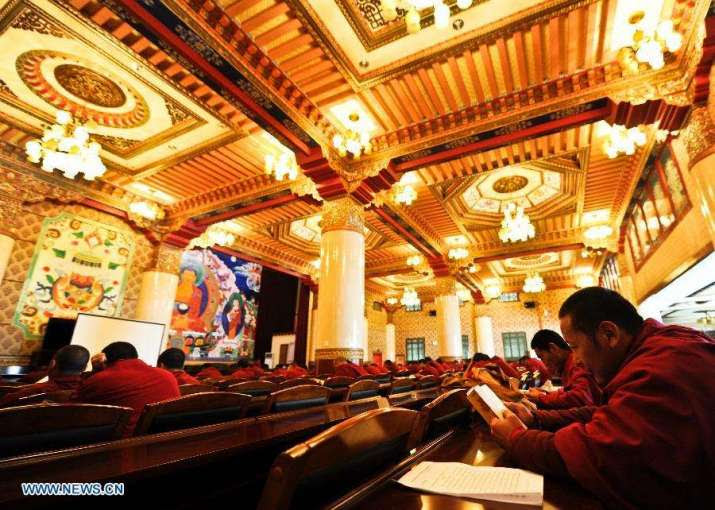
Quxu County is also home to trhe renowned Nyethang Drolma Lhakhang, a buddhist monastery connected with the Kadam school of Tibetan Buddhism and the Buddhist master Atisa (982–1054). It is also one of the few major monasteries in Tibet to have survived China’s Cultural Revolution with little damage.
The Tibet Buddhist Theological Institute offers three main programs of study running in length from 2–4 years. Two of the courses focus on exoteric and esoteric Buddhism, respectively, while the third is specifically designed for students recognized as “living buddhas” or tulkus.* All students are required to attend classes on Buddhist, cultural, and legal studies.
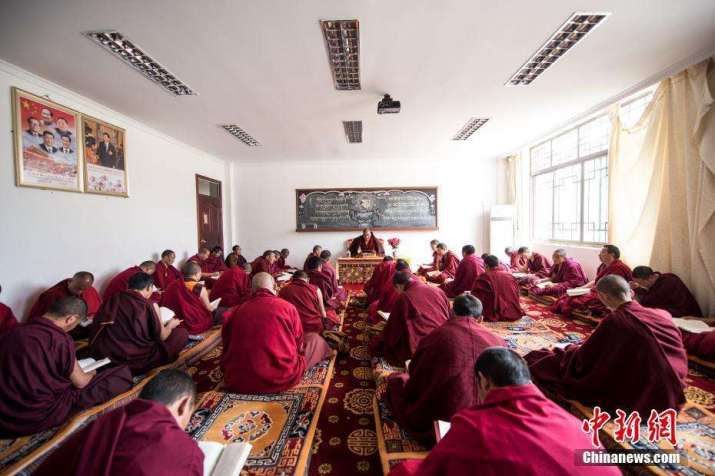
“The environment and conditions here are good. Besides Buddhist scriptures, we also study all kinds of courses including Tibetan language, Mandarin, history, computers, and English,” said Dainba Yarphel, a 45-year-old monk who has been studying at the institute for one year, and hope to graduate in another three years. (XINHUANET)
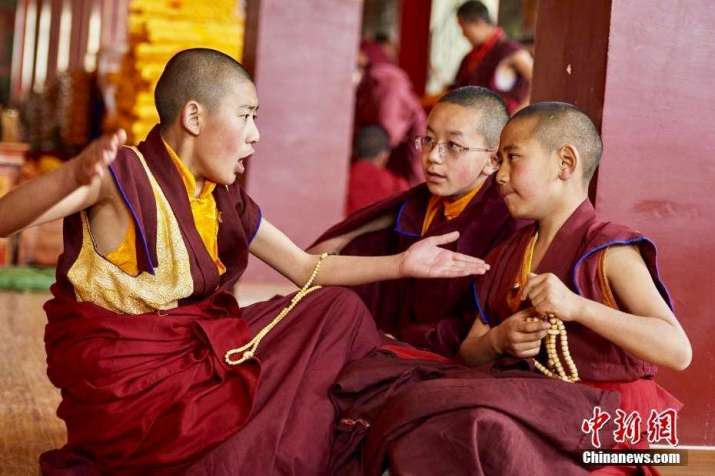
In 1987, the government-run China Advanced Institute of Tibetan Buddhism was established in Beijing, becoming the first government-sanctioned academy for the study of Tibetan Buddhism. Among other courses and qualifications, the institute allows monastic students to earn Geshe Thorampa degrees—one of the highest academic qualifications in Tibetan Buddhism. As of May this year, the institute has awarded the Thorampa title to a total of 148 monks.
The Tibet Museum in Lhasa is the official museum of the Tibet Autonomous Region and was inaugurated on October 5, 1999. It is the first large, modern museum in the Tibet Autonomous Region and has a permanent collection of around 1000 artefacts, from examples of Tibetan art to architectural design throughout history such as Tibetan doors and construction beams. It is located in an L-shaped building west of the Potala Palace on the corner of Norbulingkha Road. The museum is organized into three main sections: a main exhibition hall, a folk cultural garden and administrative offices.











